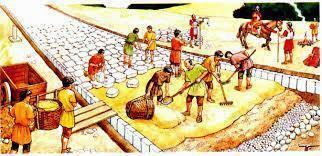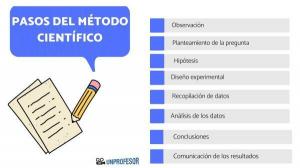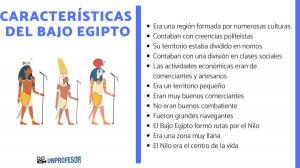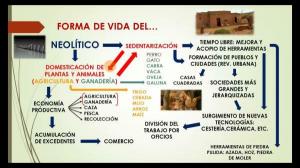What was trade like in ancient Rome

Image: Classic Portal
The civilizing people of Western Europe were known for their enormous military power, since it was on the basis of legions that they came to dominate Europe, the Middle East and North Africa. In this lesson from a TEACHER we will talk about how was trade in ancient Rome, an economic system that had a very specific purpose, to feed those legions that were located at the ends of the Empire to defend it from the barbarian populations, and on the other hand to satisfy the most extravagant tastes of the aristocrats.
Index
- Land trade in Ancient Rome
- The Mediterranean trade route
- The mercantile group
Land trade in Ancient Rome.
If the Roman Empire is famous, it is because of one of the constructions that have lasted the longest throughout the centuries and that today have served to create circulation networks: we are talking about the roads. These routes were carried out by the legions and other workers of the Empire to mobilize more quickly the armies, in addition to being the routes by which pedestrians and goods were transported to the places of arrival. Hence comes the saying of
"all roads lead to Rome" since it was from the capital where different routes started, which would branch out to connect the vast Empire.These were divided into two: the main ones, which had a considerable width and were made of much larger stone blocks. large and secondary, which were less wide (although enough for legions to form and chariots to pass with goods).
Without a doubt, within the lesson on trade in ancient Rome, we must be clear that the essential roads for land trade, a trade that was related to heavy and not very luxurious products (since banditry was widespread throughout all areas of the towns under Roman rule).
They were a fundamental element for the supply of the troops located at the extremes of the Empire, troops that were garrisoned in order to defend themselves from possible invasions produced by the peoples of Germania or from Asia. Until then, the Government had to send food, clothing, weapons and everything necessary so that the troops had enough to carry out their activities. In the same way, their salary should be sent to them, since the delay of this or not sending it, could cause the troops to stop following the orders of the Empire.
From S III d. C. the Empire will enter a deep economic and social crisis, that will prevent the products from reaching the limex, causing a series of problems and rebellions among the soldiers, an element that gave a place where many abandoned their obligations in search of looting or even marching to other places to look for a future best. This would make the borders less protected, leading to the entry of barbarian peoples.
In this other lesson we will discover the characteristics of Roman civilization so that you know better how people lived in the empire.

Image: Social Studies
The Mediterranean trade route.
Continuing with the lesson on what commerce was like in ancient Rome, we now focus on the Mare nostrum, that is, the Mediterranean, a closed sea whose domain was exclusive to Rome and, therefore, the trade that was carried out was much safer, because only inclement weather would prevent the goods from reaching port (never better saying).
It was a trade much faster than terrestrial and the value of the merchandise used to be much more valuable;, we have an example of this in the Iberian Peninsula where the olive oil, wine and metals (from Betica) and from the other side of the Empire, also from the sea, both from Constantinople, and from the Syro-Palestinian coast, ltos spices, silk and oriental products (silk road).
These elements were brought to Rome to supply them to the aristocracy and the religious sector in the first place. And of inferior qualities (wine and oil) for the rest of the population. However, cereals were also sent to the capital from Egypt and Africa, as they were the granaries of the Empire.

Image: Gladiatrix
The mercantile group.
Although it was the Government that used to calculate the products that had to be exported or imported, those that were to be exported would be private. They would work to do it, that is, they were wealthy men, who provided the Government with money, transportation, etc., in exchange for a benefit. This group was made up of the aristocrats and wealthy families of Rome that, thanks to the wide clientelism that they had throughout the Empire, they could carry out commercial transactions without having to move from the capital.
To conclude with the lesson on trade in ancient Rome, we must mention that, in the middle of the second century, we will find a stagnation in the trading system, since the political instability of the Empire, made the provinces begin to have greater autonomy, which came together with the constant tipping of economic power to the east, Constantinople, which was receiving more and more the influx of the powerful.
And finally, we will find the problem of invasions of the Germanic peoples, that already in the S IV, it was more than evident the ineffectiveness of the system of government of Rome.

If you want to read more articles similar to What was trade like in ancient Rome - Summary, we recommend that you enter our category of Story.



